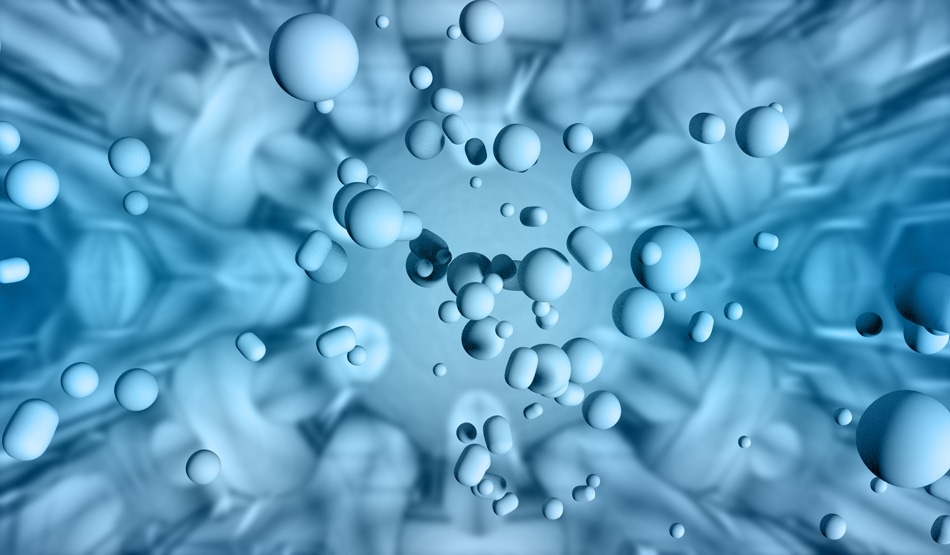
Image credit: GiroScience/ Shutterstock.com
New research has demonstrated that nanoparticles can be used to generate valuable raw materials from carbon dioxide. An international team of scientists from Germany and Australia looked to the already known cascade reactions produced by enzymes, and used this to fuel their innovation of transferring the mechanism to metallic nanoparticles.
The study, published this August in the Journal of the American Chemical Society, found that using this method, scientists were able to produce ethanol and propanol from carbon dioxide.
Ethanol and Propanol from CO2
The international team included researchers from the Center for Electrochemistry in Bochum alongside those at the University of Duisburg-Essen, and an Australian team led by Professor Justin Gooding and Professor Richard Tilley explored the transference of cascade reactions from enzymes to catalytically active nanoparticles. They found that in doing so, they were able to produce ethanol and propanol.
Ethanol and propanol are both widely used products in numerous industries. From being used as biofuels, to utilizing their antiseptic properties to create hand sanitizers and wipes. The products are used in numerous industries as components in printing ink, cosmetics, pharmaceutical products, perfumes, detergents and more. The fact that nanoparticles can be used to convert carbon dioxide into these useful products marks nanoparticles as an essential step in future design of catalysts.
The Era of Nanoparticles
Nanoparticles have been of great interest recently to scientists in practically all fields. Their nano size gives them unique properties that aren’t shared by their bulk property counterpart. For this reason their uses are being explored, and new applications for the special material are being innovated all the time, especially in the fields of biomedicine, optical, electronics and energy. Their full potential has yet to be realized, and now, they are making waves in the field of catalysts.
Nanoparticles as Catalysts
Nanoparticles have been discovered to be very useful in terms of speeding up catalytic processes. Due to their nano size, the particles have a higher surface area ratio, meaning that more catalytic reactions can take place at the same time due to having more space for more reactions to occur. The particles can also be recycled more easily as separation is a simpler process.
Nanoparticles have already been used successfully in previous groundbreaking experiments in catalytic scenarios, showing the material’s superiority as a catalyst due to its greater surface area. In 2016, researchers at MIT were able to use nanoparticle catalysts to make stable coatings of noble metals, reducing the need for using precious metals.
Replacing the Cascade Reaction
The current study looked at how nanoparticles can be used in place of cascade reactions. Cascade reactions are chemical processes where more than one consecutive reaction occurs, and each consecutive reaction is reliant on the first in order to make it possible for it to take place. This makes it possible for single enzymes to produce complex products by catalyzing this string of events.
What was found by the German-Australian team was that nanozymes can catalyze the electrochemical reduction of carbon dioxide, starting numerous of reactions that take place on the silver core and copper shell, converting carbon dioxide into ethanol or propanol. Essentially, they showed that the nanozymes were capable of catalyzing the necessary reactions without the cascade principle. However, the downside is that this process requires much more energy. The team of researchers are planning to develop the process further, aiming to obtain more further useful products, potentially ethylene or butanol.
Disclaimer: The views expressed here are those of the author expressed in their private capacity and do not necessarily represent the views of AZoM.com Limited T/A AZoNetwork the owner and operator of this website. This disclaimer forms part of the Terms and conditions of use of this website.